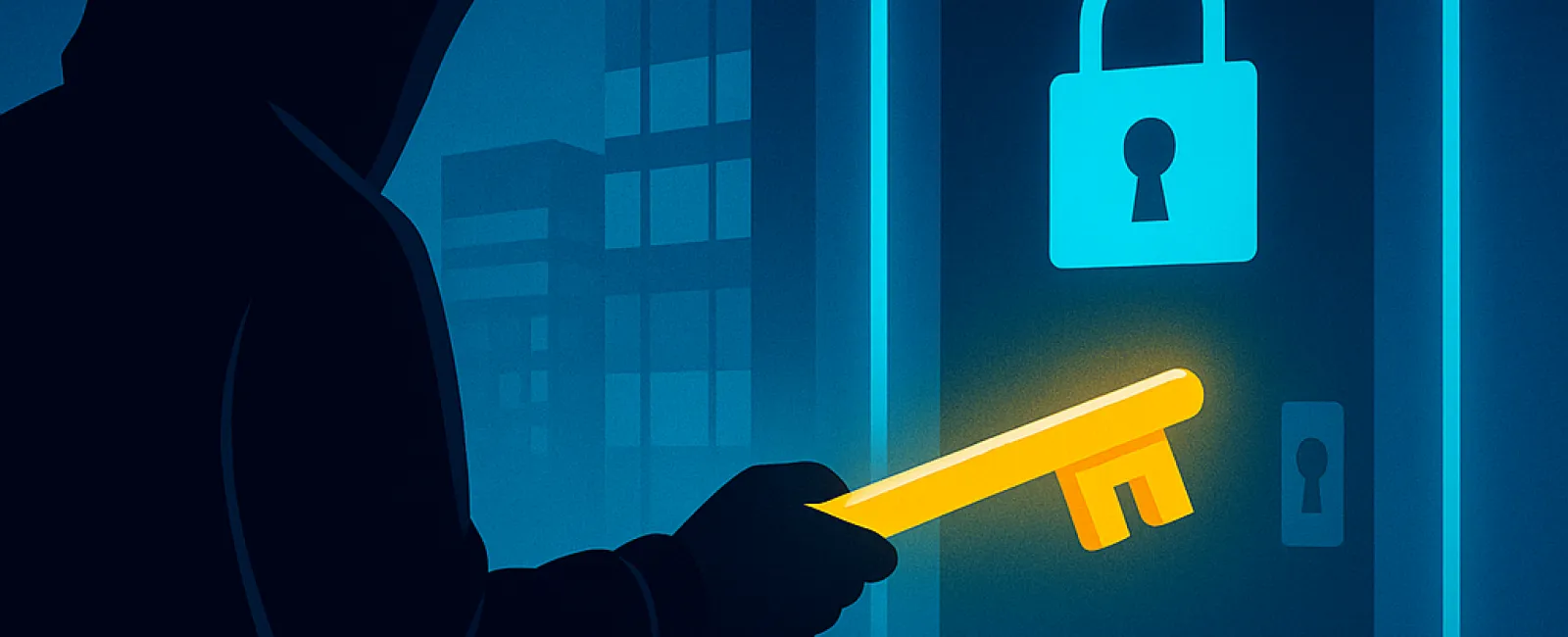August 04, 2025
Cybercriminals are evolving their tactics to target small businesses more effectively. Instead of brute force, they now quietly infiltrate systems using stolen login credentials—your digital keys to the kingdom.
This method, known as identity-based attacks, has surged to become the leading way hackers breach networks. They capture passwords, deceive employees with sophisticated phishing emails, or bombard users with login prompts until someone unwittingly grants access. Sadly, these strategies are proving alarmingly effective.
Recent data from a leading cybersecurity firm reveals that 67% of major security breaches in 2024 originated from compromised logins. High-profile companies like MGM and Caesars fell victim the year prior—if they aren't immune, your small business isn't either.
How Do Hackers Gain Access?
Most attacks begin with something as simple as a stolen password, but hackers are employing increasingly clever tactics:
- Phony emails and counterfeit login pages designed to trick employees into revealing credentials.
- SIM swapping attacks that intercept text messages used for two-factor authentication (2FA).
- Multifactor Authentication (MFA) fatigue attacks that flood phones with approval requests until someone mistakenly consents.
They also exploit vulnerabilities in personal devices and third-party vendors such as help desks or call centers to find backdoors into your systems.
Essential Steps to Safeguard Your Business
The good news? You don't need advanced technical skills to strengthen your defenses. Implementing a few strategic measures can dramatically enhance your security:
- Enable Multifactor Authentication (MFA)
Use MFA as a critical second layer of protection during login. Opt for app-based or security key MFA methods, which offer far greater security than SMS-based codes. - Educate Your Team
Train employees to recognize phishing scams, suspicious emails, and unusual requests. A well-informed team is your first line of defense. - Restrict Access
Grant employees only the access necessary for their roles. Limiting permissions minimizes damage if an account is compromised. - Adopt Strong Password Practices or Go Passwordless
Encourage the use of password managers or advanced authentication tools like biometric logins and security keys that eliminate reliance on passwords.
The Bottom Line
Hackers relentlessly pursue your login credentials, constantly refining their methods. But you don't have to face this challenge alone.
We're here to help you implement robust security measures that protect your business without burdening your team.
Curious if your business is at risk? Let's talk. Click here or give us a call at 833-863-2120 to book your Consult.













